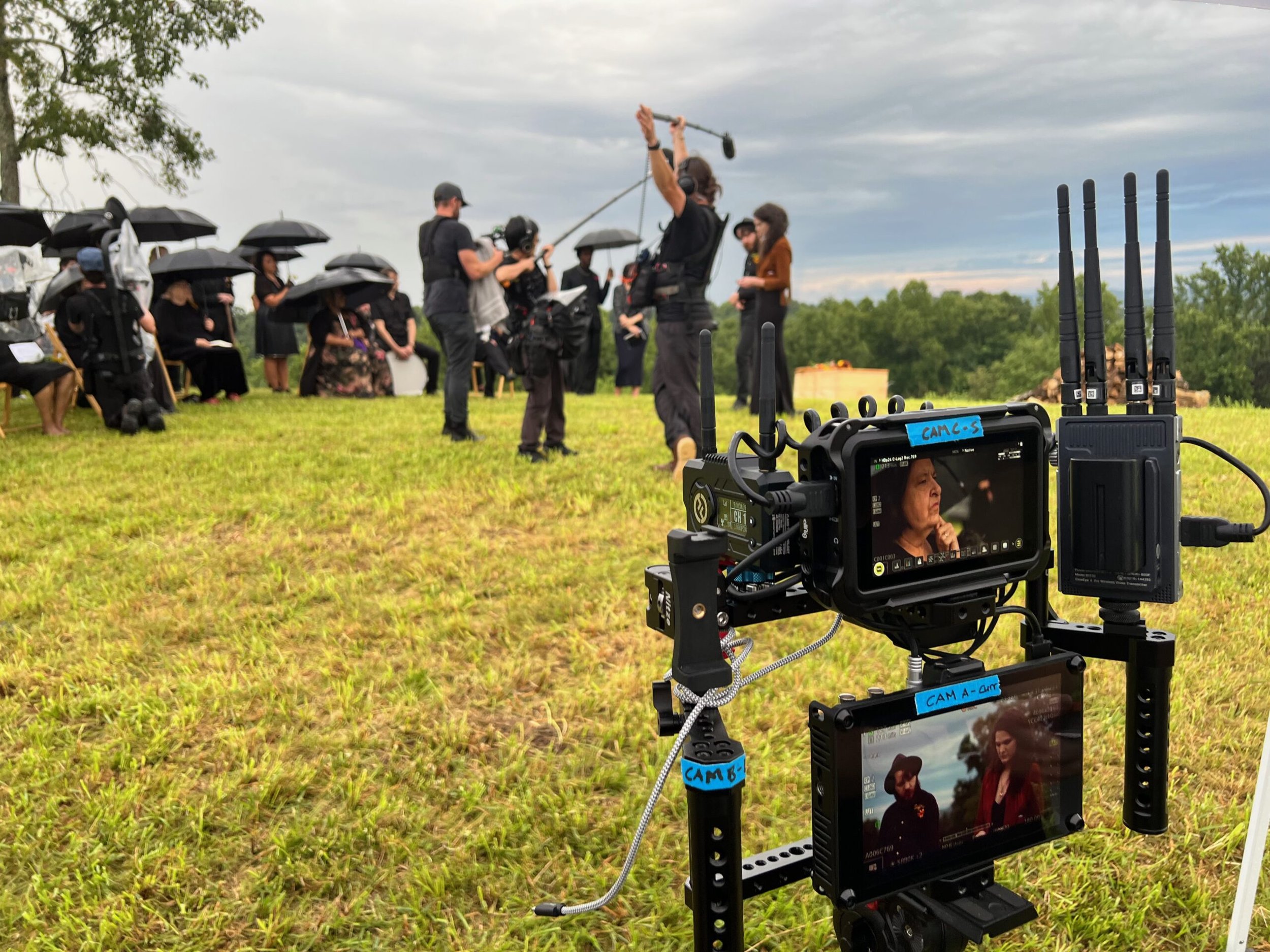…some random quotes from recent readings
"Artists are people who are not at all interested in the facts - only the truth. You get the facts from the outside. The truth you get from inside."
"For an artist, there are just two ways to go: to push toward the limit of your capacity, or to sit back and emit garbage."
-"The Language of the Night" by Ursula le Guin
"Raymond Gastil has looked at Cultural Regions of the United States and suggested, 'The greatest self-confidence and loyalty are inspired in those who see what they do locally in universal terms.'
Of course. Such a viewpoint is difficult to achieve if you have been brought to believe, either explicitly or by the power of suggestion, that the place where you live is inferior, out of the mainstream. How to be neither defensive nor offensive about the region where we live?
Gastil spoke to this dilemma. 'As long as artists or businessmen or professors in the regional centers of the country see success as achievable only outside their region, there will be no great regional cultures. On the other hand, as long as those who remain in the 'boondocks' see their task as the glorification of whatever characteristics their regions happen to possess, they will build little that is enduring. The Iranian poet Hafez was asked many times to leave Shiraz for India, where the big money was in the fifteenth-century Islamic world; but he stayed behind, where his life was. He has come down to us as a model creator of sheer beauty in poetry, while the poets who went to India are forgotten. Perhaps the greatest creativity comes from remaining at a creative distance from both great population centers and local surroundings and building a universe of one's own.'
Wherever your universe may be it will be unworthy if it is ignorant or indifferent or contemptuous of other places."
-"Explorations" by Wilma Dykeman
"In his essay 'Art as Device,' the Russian formalist critic Viktor Shklovsky argues that we perpetually grow habituated to everything around us— 'Habituation devours work, clothes, furniture, ones wife, and the fear of war.' And that the job of art is to make the world strange so that we might see it again rather than simply recognizing it out of habit. The way art does this is through a process he calls остранение, transliterated as 'ostranenie' and translated as 'defamiliarization' or, neologistically, as 'enstrangement' (i.e., enchantment + estrangement). 'Art exists that one may recover the sensation of life,' he writes, 'It exists to make one feel things, to make the stone stony.'"
"One of the advantages to being a novelist is removing oneself from the chatter of the fray and trying to get a read and a historical context on what’s happening in one’s own time. I see that as a responsibility both artistic and ethical."
-Rachel Kushner
"Right now I’m writing something, and people are asking, 'Is it fiction or is it real?' I was like: 'Well, I’m really not sure where that line goes.' And I’m really not. And, being an artist is what? Real or fantasy or…? Even when I’ve tried to work in the real world, it seems more deeply fantastical than anything I could make up. The fact that it happened, does it make it less fictional than if it never happened?"
- Laurie Anderson
"There is a prevailing sense among hauntologists that culture has lost its momentum and that we are all stuck at the 'end of history.' Meanwhile, new technologies are dislocating more traditional notions of time and place. Smartphones, for instance, encourage us never to fully commit to the here and now, fostering a ghostly presence-absence. Internet time (which is increasingly replacing clock time) results in a kind of "non-time" that goes hand in hand with Marc Augé's non-places. Perhaps even more crucially, the web has brought about a 'crisis of over-availability' that, in effect, signifies the 'loss of loss itself': nothing dies any more, everything 'comes back on YouTube or as a box set retrospective' like the looping, repetitive time of trauma (Fisher). Hauntology is not just a symptom of the times, though: it is itself haunted by a nostalgia for all our lost futures. 'So what would it mean, then, to look for the future's remnants?'"
- The Guardian























